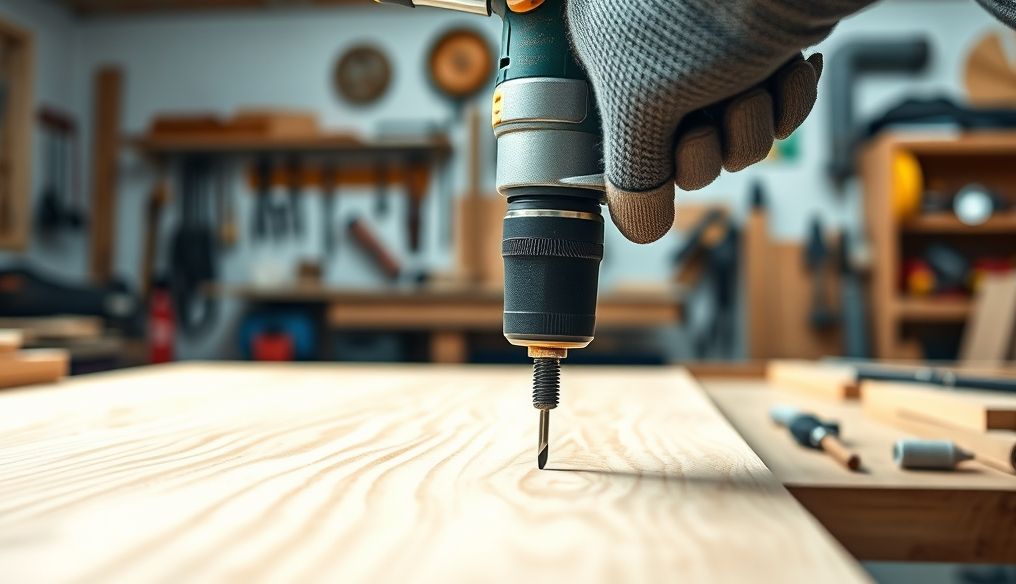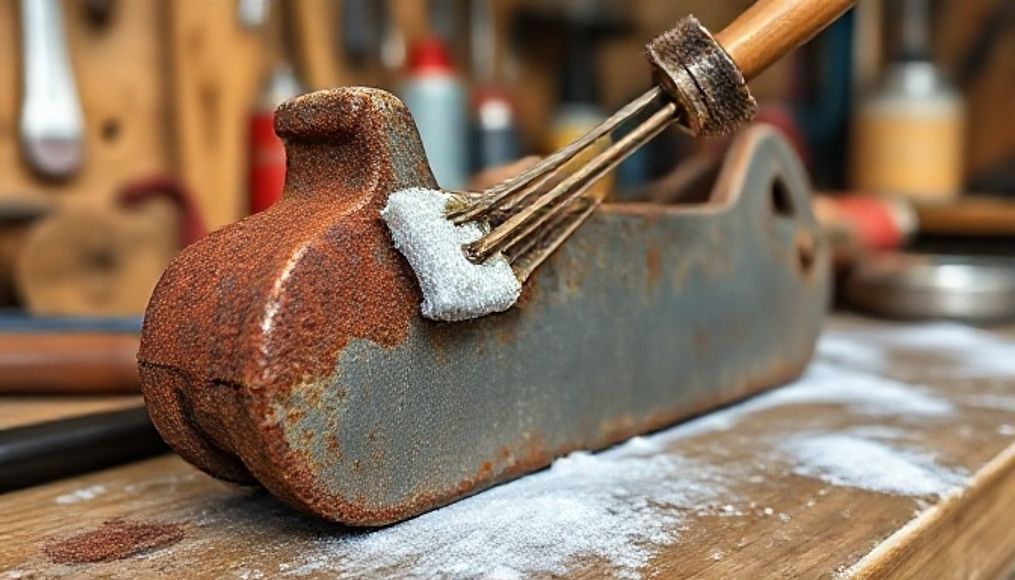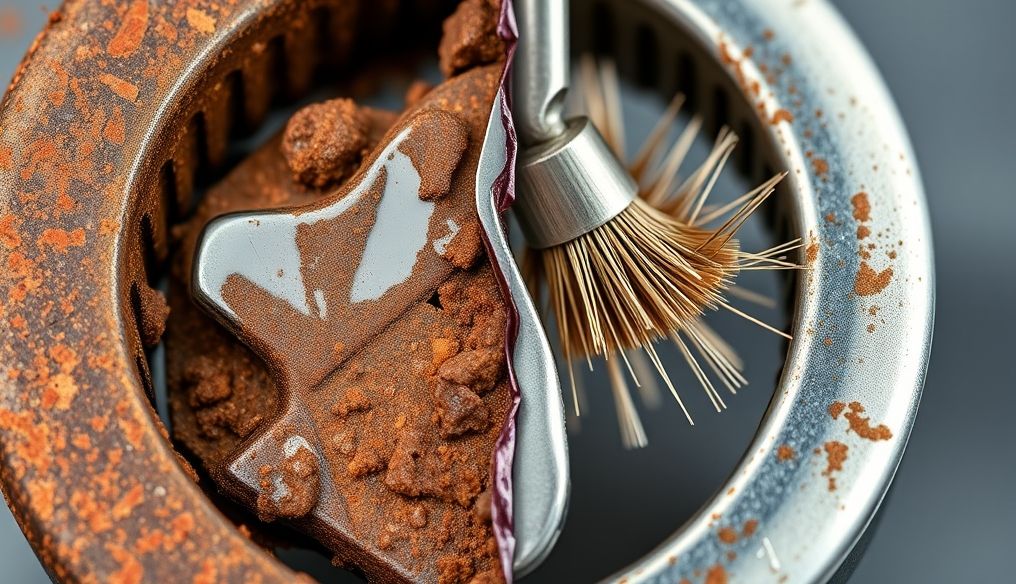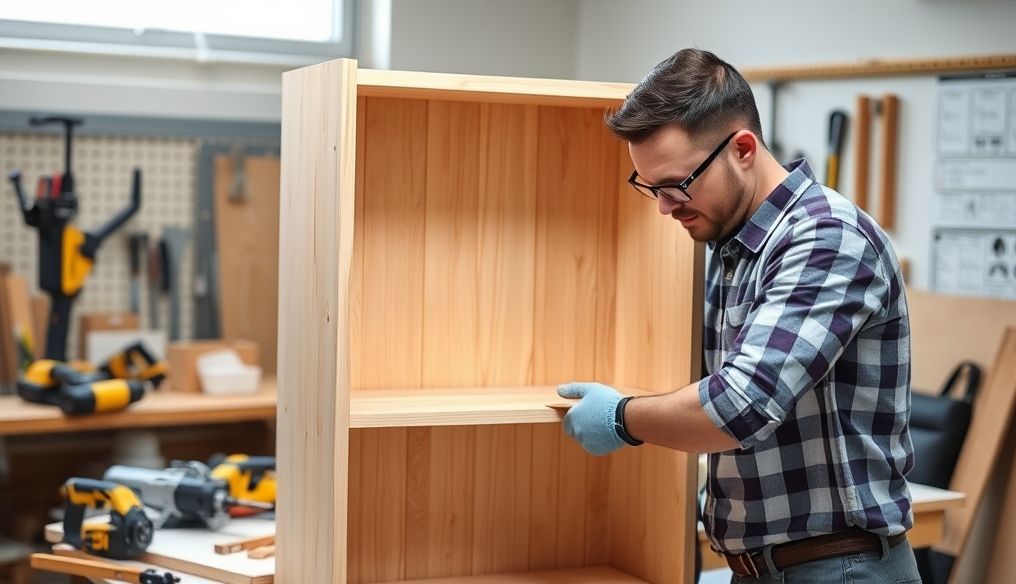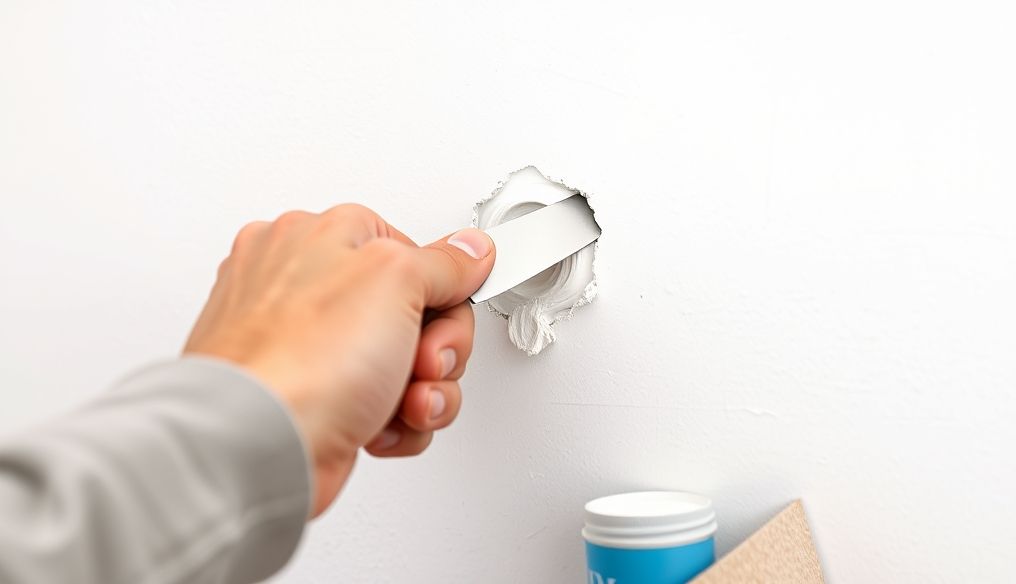What is the Correct Way to Use an Electric Drill Safely and Efficiently?
An electric drill is an essential tool in many homes and workshops. Whether you're hanging a picture, assembling furniture, or undertaking a home repair project, knowing how to use an electric drill correctly and safely is crucial. This article provides you with a comprehensive guide on how to use an electric drill safely and efficiently, from choosing the right drill to mastering various drilling techniques.
Chapter 1: Choosing the Right Electric Drill
Before starting any project, it's essential to choose the appropriate electric drill. Different types of drills are available, each with its own features and uses.
Types of Electric Drills:
- Cordless Drills: Powered by batteries, providing freedom of movement and flexibility. Ideal for small to medium-sized projects.
- Corded Drills: Provide constant and continuous power, making them suitable for large projects that require more time.
- Hammer Drills: Feature the ability to drill into concrete and brick, making them ideal for projects that require high penetration power.
- Rotary Drills: Used for drilling into metals, wood, and plastic.
- Multi-Tool Drills: Offer a variety of functions, such as drilling, unscrewing, and installing, making them a versatile choice.
Considerations When Choosing a Drill:
- Power: Determines the drill's ability to handle different materials.
- Speed: Determines the drill's rotation speed, which should be adjustable to suit different materials.
- Weight: Affects the drill's ease of use and comfort, especially in long projects.
- Additional Features: Such as a built-in LED light, an additional handle, or a carrying case.
Chapter 2: Necessary Tools and Equipment
In addition to the electric drill, you will need some other tools and equipment to ensure your safety and work efficiency.
List of Tools and Equipment:
- Safety Glasses: To protect your eyes from dust and flying debris.
- Work Gloves: To protect your hands and improve your grip on the drill.
- Ear Protection: To protect your ears from loud noise.
- Dust Masks: To protect your respiratory system from dust and fine particles.
- Markers: To accurately mark drilling points.
- Measuring Tape: To measure distances and locate drilling positions.
- Spirit Level: To ensure the straightness of the holes.
- Drill Bit Set: Includes a variety of drill bits in different sizes and types.
- Center Punch: To create a small starting point to guide the drill bit.
- Pliers: To remove any stuck splinters or debris.
Chapter 3: Types of Drill Bits and Their Uses
Drill bits are one of the most important parts of the electric drill, as they determine the type of material that can be drilled. Here are some common types of drill bits and their uses:
Types of Drill Bits:
- Twist Drill Bits: Used for drilling into wood, plastic, and metals.
- Spade Drill Bits: Used to make large holes in wood.
- Hole Saw Bits: Used to make large circular holes in a variety of materials.
- Diamond Drill Bits: Used for drilling into tile, glass, and ceramics.
- Masonry Drill Bits: Used for drilling into concrete and brick.
Tips for Choosing the Right Drill Bit:
- Choose a drill bit made of a material suitable for the material you will be drilling.
- Choose the appropriate drill bit size for the desired hole size.
- Make sure the drill bit is sharp and clean.
Chapter 4: Safety First: Basic Safety Precautions
Safety is the top priority when using an electric drill. Here are some basic safety precautions to follow:
Safety Precautions:
- Read the user manual carefully before using the drill.
- Wear safety glasses to protect your eyes.
- Wear work gloves to protect your hands.
- Wear ear protection to protect your ears.
- Wear a dust mask to protect your respiratory system.
- Make sure the work area is well-ventilated.
- Make sure the drill is in good condition before using it.
- Do not use the drill in wet or damp places.
- Do not overuse the drill.
- Disconnect the drill from the power supply before changing drill bits or performing any maintenance.
- Keep the drill out of the reach of children.
Chapter 5: How to Install a Drill Bit Correctly
Installing the drill bit correctly ensures safe and efficient performance. Here are the basic steps:
Steps to Install a Drill Bit:
- Disconnect the drill from the power source.
- Open the drill chuck by rotating it counterclockwise.
- Insert the drill bit into the chuck.
- Tighten the chuck by rotating it clockwise.
- Make sure the drill bit is securely fastened before starting to drill.
Chapter 6: Basic Drilling Techniques
Mastering basic drilling techniques helps you achieve accurate and professional results. Here are some basic techniques:
Drilling Techniques:
- Mark the Drilling Point: Use a marker to accurately mark the drilling point.
- Use a Center Punch: Use a center punch to create a small starting point to guide the drill bit.
- Drill at a Right Angle: Make sure the drill is at a right angle to the surface you are drilling.
- Apply Appropriate Pressure: Apply gentle and steady pressure to the drill while drilling.
- Use the Appropriate Speed: Use the appropriate speed for the material you are drilling.
- Avoid Overheating: If the drill bit starts to overheat, stop and let it cool down.
Chapter 7: Drilling into Different Materials
Different materials require different drilling techniques. Here are some tips for drilling into different materials:
Drilling into Wood:
- Use a twist drill bit.
- Use a medium to high speed.
- Place a piece of scrap wood under the piece you are drilling to prevent splintering.
Drilling into Metals:
- Use a twist drill bit made of high-speed steel (HSS).
- Use a low speed.
- Apply lubricating oil to the drill bit to cool it down and reduce friction.
- Apply steady pressure.
Drilling into Concrete:
- Use a masonry drill bit.
- Use a hammer drill.
- Use a low speed.
- Apply strong pressure to the drill.
- Clean the hole frequently to remove dust and debris.
Chapter 8: Maintenance and Storage
Regular maintenance and proper storage extend the life of the electric drill and ensure its optimal performance. Here are some tips:
Maintenance and Storage Tips:
- Clean the drill after each use.
- Inspect the power cord regularly to ensure there is no damage.
- Lubricate moving parts regularly.
- Store the drill in a dry and clean place.
- Store drill bits in a safe place.
By following these tips and guidelines, you can use the electric drill safely and efficiently to complete a variety of home projects and repairs. Always remember that safety is the top priority, so take all necessary precautions before starting any project.
